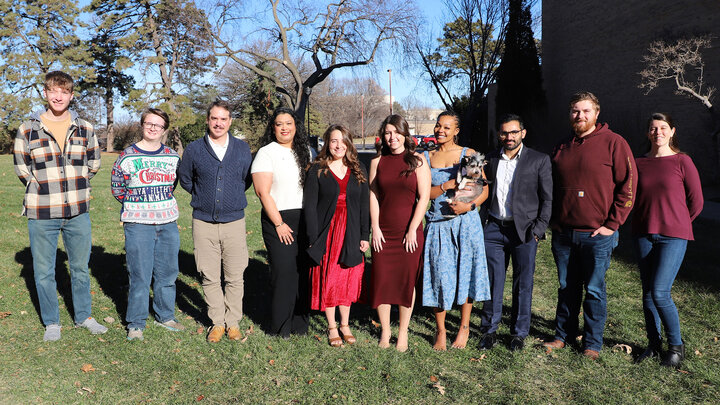A study run by the James Schnable and Jinliang Yang labs at the University of Nebraska—Lincoln was featured in the October issue of ASA News, “Leaf spectra can predict hybrid vigor in maize.”
The lead author, Deniz Istipliler, trained with researchers at Nebraska and is now a professor of field crop research at Ege University in Turkey.
The team found that the light reflected from a maize leaf holds clues about both genetics and the environment influencing crop performance. By collecting hyperspectral data from maize plants grown with different nitrogen levels, they saw clear effects of nitrogen on leaf reflectance, especially in regions tied to photosynthetic pigments. They also discovered spectral “hotspots” linked to hybrid vigor, where hybrids outperformed their inbred parents.
Using machine learning, the team could even distinguish inbreds from hybrids based on reflectance alone—showing that these spectral patterns carry meaningful biological information. This work highlights hyperspectral phenotyping not just as a substitute for traditional measurements, but as a powerful tool in its own right. It could speed up breeding programs, help assess crop stress in the field, and potentially offer new ways to study hybrid vigor, with future research needed to connect these signals to key traits like yield.
The original journal article was first published May 9, 2025 at American Society of Agronomy, Crop Science Society of America, and Soil Science Society of America’s Wiley Online Library.




